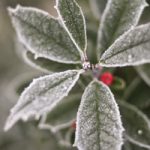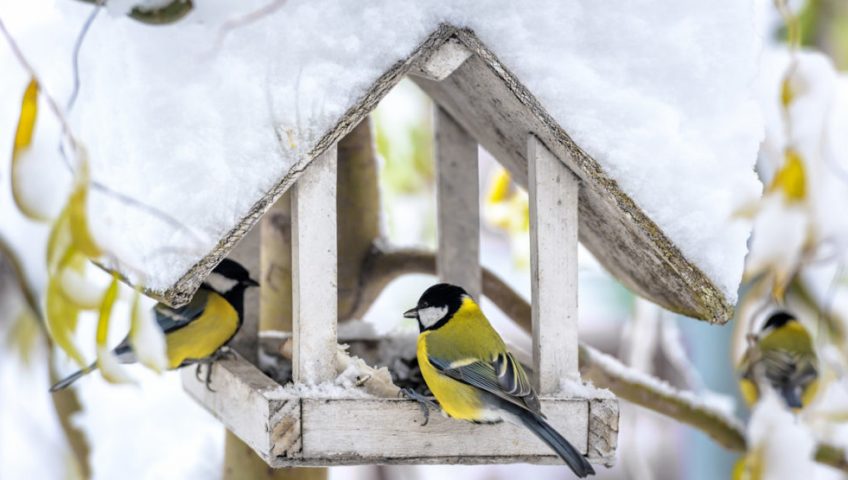December is here and we’re finally getting our first taste of snow. You may think that we’re wrapping things up for the year here at Urban Tree, but nothing could be further from the truth: Winter’s a perfect time for some tree work! Work done during the winter doesn’t interfere with outdoor living, and the frozen ground keeps your yard from getting damaged by wheels and tools.
Plus we do snow plowing and roof snow removal when the white stuff really piles up. We love working with commercial properties, so give us a call at (603) 332-1246.
Meanwhile there are a few things that can be done around the yard during December and beyond:
December Checklist
1. Remove dead and damaged twigs by pruning
If you have some damaged twigs or small branches and you want to remove them, that’s fine, but if you’re looking at broken limbs or boughs – especially if they’re very heavy or very high – that’s work best left to professionals. Improper tools or lack of tree knowledge can – and have – led to deadly accidents. According to the Tree Care Industry of America, there were 153 tree care-related incidents in 2016; 92 of them fatal. The best bet is to call in a professional arborist for the big jobs.
2. Apply anti-desiccant to broadleaf evergreens
 Desiccant injury (also known as “winter burn”) happens when the soil freezes and wintry winds blow, drawing moisture from leaves. Plant roots cannot uptake water from frozen soil to replace the losses experienced in the leaves. The longer these conditions exist, the more moisture is lost and death of leaf tissue results. Plants that hold their leaves (evergreens) over the winter are vulnerable, broadleaf types (azalea, boxwood, holly and rhododendron) are more susceptible than the needle type evergreens (arborvitae, cedar, cypress, juniper and pine) due to the larger surface area of their leaves.
Desiccant injury (also known as “winter burn”) happens when the soil freezes and wintry winds blow, drawing moisture from leaves. Plant roots cannot uptake water from frozen soil to replace the losses experienced in the leaves. The longer these conditions exist, the more moisture is lost and death of leaf tissue results. Plants that hold their leaves (evergreens) over the winter are vulnerable, broadleaf types (azalea, boxwood, holly and rhododendron) are more susceptible than the needle type evergreens (arborvitae, cedar, cypress, juniper and pine) due to the larger surface area of their leaves.
The solution is to apply an anti-desiccant, which creates a barrier over the pores in the leaves – that allows the plant to breath but reduces water loss through transpiration (daily leaf sweating). We recommend applying an anti-desiccant in late December and again in late January. One late fall application is not enough. The second application is usually more difficult because it must be done within this temperature range “window of opportunity” to be effective, but here at Urban Tree Service our arborists can ensure this will get done properly.
Did you know anti-desiccants are also used to prolong the freshness of live foliage decorations like Christmas trees and wreathes?
 3. Apply deer and rabbit repellent to trees
3. Apply deer and rabbit repellent to trees
Now that you’ve gone to such pains to prevent winter burn, you have to face your next evergreen enemy: deer and rabbits. Deer love to eat evergreens, such as arborvitae. They simply love the taste of evergreens. Rabbits will also chew on your trees’ and shrubs’ bark in the winter. If they eat enough, the plant or tree can die.
Some ways to repel these critters include truck guards and odor repellents. These repellents are best applied by a professional, so be sure to call us if you need advice.
4. Keep bird feeders full and provide ice-free water
Our feather friends have a tough time of it during the winter because of snow, ice and a scarce food supply. By having your feeders full, you’re providing these birds fuel in the form of energy to help get them through the season. Buy feed tailored to the specific birds in your area. Be sure there’s clean, fresh water for them as well. By helping the birds get through the winter you get the reward of getting to see nature up close with birds of all shapes and sizes.
